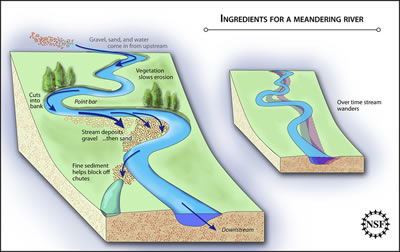By using a model of a meandering stream, scientists have shown two ingredients that are very important for stream health: vegetation to reinforce banks and prevent erosion, and sand to build point bars and block off cut-off channels and chutes. This knowledge will help stream restoration efforts in the future.
Click on image for full size
Image Courtesy of Zina Deretsky/National Science Foundation
Living, Meandering River Constructed
News story originally written on September 28, 2009
Scientists have built a scale model of a living, meandering river in a lab. From the model they have learned a few things: the importance of vegetation to reinforce the river banks and the importance of sand in healthy river life. The first finding isn't a surprise because scientists have known for a long time that vegetation slows erosion on river banks. But this is the first time sand has been seen as being important for meandering rivers. They learned that sand helps build point bars and blocks off channels and chutes, which keeps new streams from forming and taking away water flow from the river.
The model includes gravel (to represent sand), fine sediment, vegetation and water. It's the first time a model of a river has behaved like a real river that is 50 to 100 times the size of the model. It takes 130 hours for the model to erode its river banks and build point bars by depositing model sand and gravel. This process is the same as what would happen to parts of the Mississippi River would over five or seven years.
Meandering streams are healthy because they contain shallow portions and deeper pools of water. These different habitats mean that different species can live there. Scientists hope they can use what they learn from this model to restore other streams back to being healthy, meandering streams.
You might also be interested in:
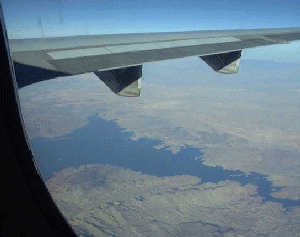
Rivers are very important to Earth because they are major forces that shape the landscape. Also, they provide transportation and water for drinking, washing and farming. Rivers can flow on land or underground
...more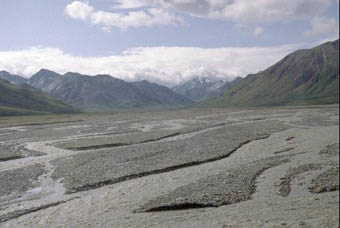
If you sneeze into a pile of dust, the little particles fly everywhere. But if you sneeze into a pile of rocks, they will stay put. It takes more force than a sneeze to move those rocks. Winds and water
...more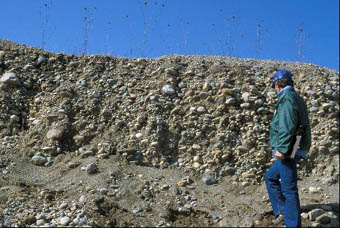
When water or wind loses energy and slows down, sediment can no longer be carried in it. The particles fall through the water or air and form a blanket of sediment on the bottom of a river, a lake, ocean,
...more
Scientists have learned that Mount Hood, Oregon's tallest mountain, has erupted in the past due to the mixing of two different types of magma. "The data will help give us a better road map to what a future
...more
The Earth's mantle is a rocky, solid shell that is between the Earth's crust and the outer core, and makes up about 84 percent of the Earth's volume. The mantle is made up of many distinct portions or
...more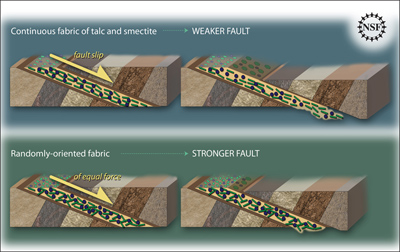
Some geologic faults that appear strong and stable, slip and slide like weak faults, causing earthquakes. Scientists have been looking at one of these faults in a new way to figure out why. In theory,
...more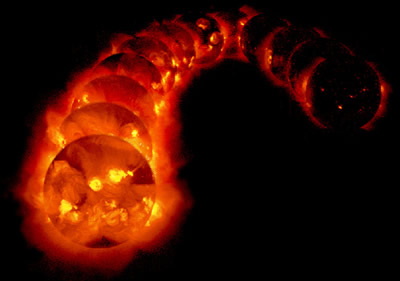
The sun goes through cycles that last approximately 11 years. These solar cycle include phases with more magnetic activity, sunspots, and solar flares. They also include phases with less activity. The
...more


